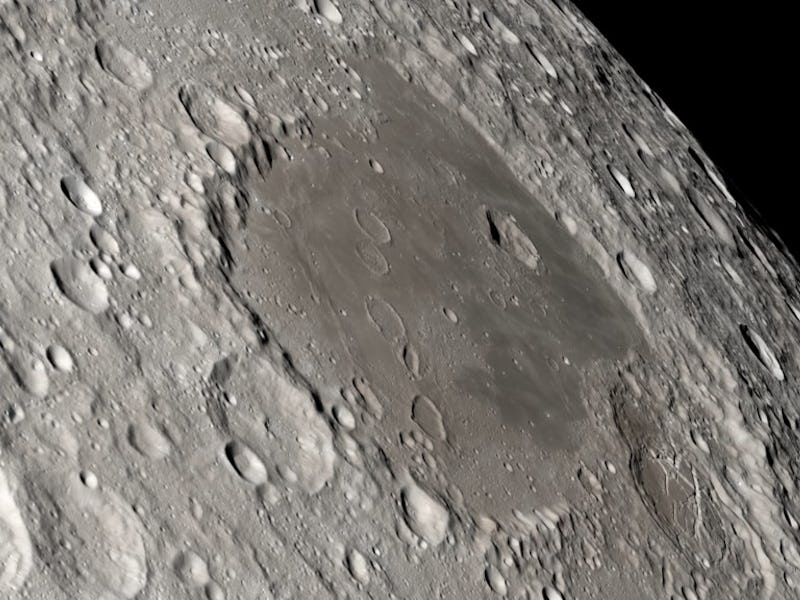Breathtaking video lets you see the far side of the Moon like the Apollo 13 astronauts
This is what the astronauts saw on their perilous journey home.

Apollo 13 is the lunar landing mission that never was. Launched in 1970, the mission's astronauts had to abandon plans to land on the Moon just 56 hours into flight, after an oxygen tank on the spacecraft blew up.
But despite its untimely end, the astronauts brought something incredible back to Earth: Footage of the unexplored far side of the Moon. And thanks to a new video, you can see what they saw, too — fifty years after the astronauts made their fateful trip.
New data from NASA’s Lunar Reconnaissance Orbiter makes it possible to recreate the astronauts' views in a stunning, 2-minute video. The breathtaking footage reveals the mysterious 'dark side' of the Moon in 4K resolution, offering an unprecedented view of our nearest neighbor.
The video begins in total darkness. That's because the Apollo 13 crew were in the pitch black for eight minutes, the time between Earth-set and sunrise. And then, out of the inky depths of space, the lunar terrain begins to slowly emerge as sunlight illuminates the deep craters and rocks that pockmark the surface.
The beautiful footage belies what could have been a catastrophic moment in space exploration.
When the oxygen tank blew, ground control had to devise a plan to return the astronauts back to Earth safely. To have a shot at doing it, they devised a trajectory around the far side of the Moon.
Although the unplanned journey was strenuous, it also gave the astronauts a stunning view of the far side of the moon and its rocky terrain. The video is a testament to how resilient astronauts need to be in the face of potential disaster.
After they made their way around the far side of the Moon, home appeared in the astronauts' view. At that point, they were able to reestablish communication with NASA Mission Control on the ground, which guided them home to safety.
Mission interrupted
Apollo 13 launched on April 11, 1970, and was supposed to be the third attempt at landing man on the Moon.
Although the crew never made it to the lunar surface, it was still considered a “successful failure,” because astronauts Jim Lovell, Jack Swigert, and Fred Haise did manage to return to Earth as planned.
The video is particularly timely. Half a century on from the Apollo missions first landed humans on the Moon, NASA is planning on sending humans back to the Moon in the year 2024 through the Artemis program.
A visualization of the Reconnaissance Orbiter around the moon.
The Lunar Reconnaissance Orbiter, which provided the new data for the video, launched in 2009. It has been orbiting the Moon ever since to gather crucial information that will help NASA make the Artemis mission, and any future missions, a success.
The orbiter's main goal is to map out the surface of the Moon and identify potential landing sites and other resources for future astronauts to use once they touch down.